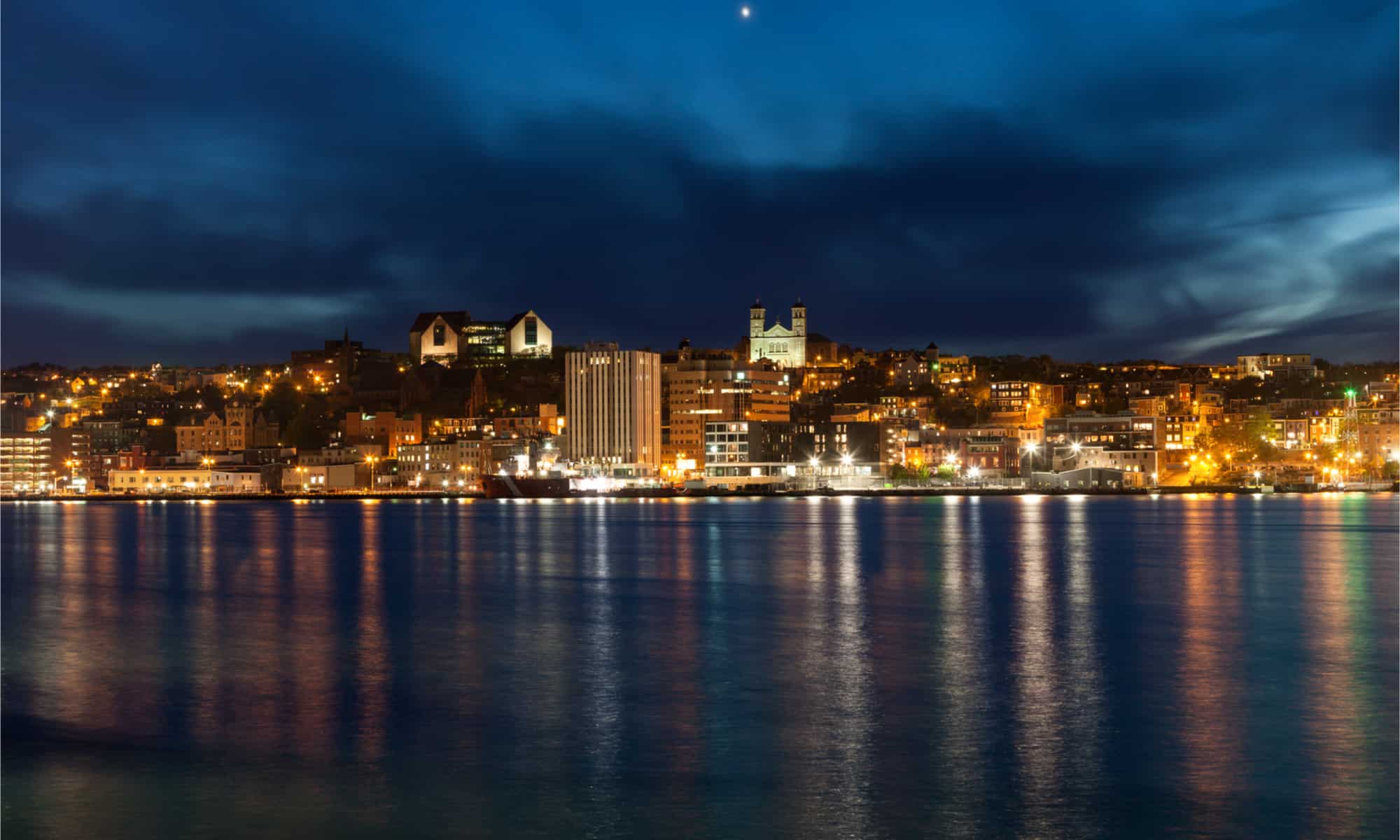Canada is rich in history and culture, with many countries settling in different areas over generations. These cultures come together in a truly unique way that continues to honor the history of the place as well as innovate and develop. There is some debate over what the true oldest city in Canada is and the answer depends on who you ask and what you consider a city.
By most criteria, St. John’s in Newfoundland and Labrador is the oldest city in Canada. Records show that it was depicted on maps by name in the early 1500s but it was likely established well before then. Some local legends give its founding date as much earlier. Could they be right?
Others identify Quebec City as the oldest city in Canada. It was populated by Iroquois tribes and called Stadacona. This location was significant for its proximity to fishing, which became a major part of its development. European settlers arrived sometime in the early 1500s and Jacques Cartier, a French explorer, officially arrived in 1534, recording his observations and mapping out the area. This was the turning point for settlement in Quebec City that put it on its path to becoming the city we know today.
So which is the oldest city in Canada? St. John’s was likely founded earlier and is the oldest city in Canada. But Quebec City is depicted on maps earlier. Fortunately, both have fascinating historical significance and well-preserved places to see what life was like in the early days of these Canadian port cities.
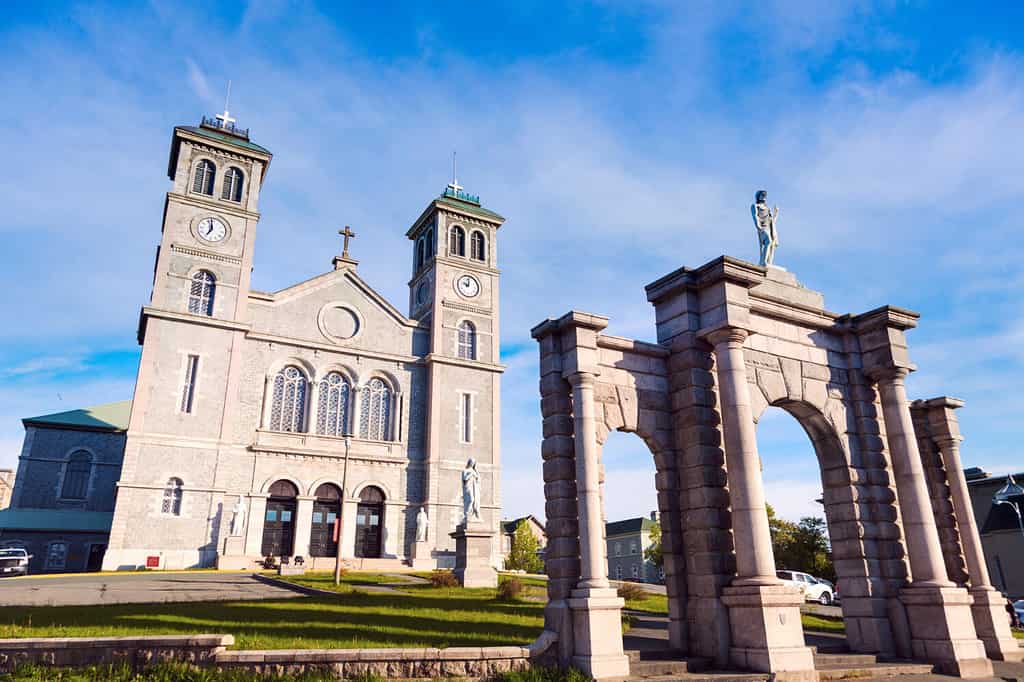
The Basilica Cathedral of St. John the Baptist in St. John’s, which most consider the oldest city in Canada, is an important site that also pays homage to the city’s name.
©Henryk Sadura/Shutterstock.com
The Oldest City in Canada
Both St. John’s and Quebec City played important roles in the European settlement and expansion in Canada. Learn more about the history of these fascinating places, including where you can visit to walk in the footsteps of some of the first European settlers in North America.
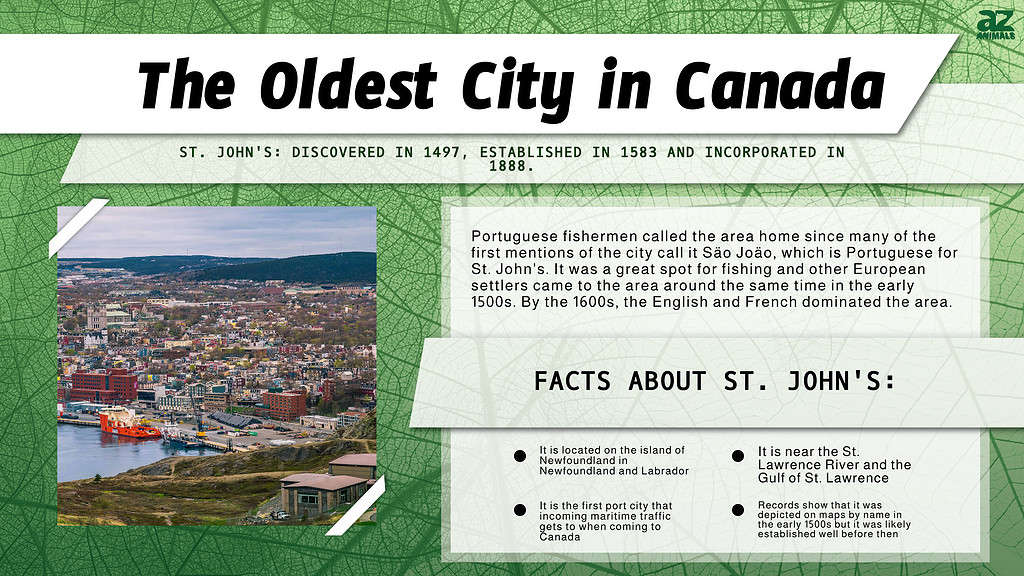
History of St. John’s
The founding and naming of St. John’s is one of the most interesting (and unprovable) local legends. The name St. John’s is attributed to the “discovery” of the location by explorer John Cabot in 1497. Cabot didn’t name the city after himself, however. He sailed into the area on the Feast Day of John the Baptist and was inspired to name the city after the biblical figure. We do know that John Cabot explored Canada on behalf of Italy around that timeframe. However, there is no proof of the story of his entry to St. John’s.
What is more likely is that Portuguese fishermen called the area home since many of the first mentions of the city call it Säo Joäo, which is Portuguese for St. John’s. It was a great spot for fishing and other European settlers came to the area around the same time in the early 1500s. By the 1600s, the English and French dominated the area. A lot of the settlements were temporary, however, leading some historians to think about the history of St. John’s differently than other permanent settlements of the time. Around the mid-1600s, permanent structures and civic organizations began to take root in the city.
The addition of Fort William in the 1680s shows the vulnerability of the city to outside forces. The British fort came under attack by Dutch and French forces over the next 100 years. Fights between the English and French were particularly intense in St. John’s. The population significantly increased, however, in the early 1800s and continued to grow. It became an important shipping hub. The city eventually became incorporated in 1888.

Residents and visitors enjoy St. John’s seaside location, fishing, and brightly-colored homes.
©Doug Gordon/Shutterstock.com
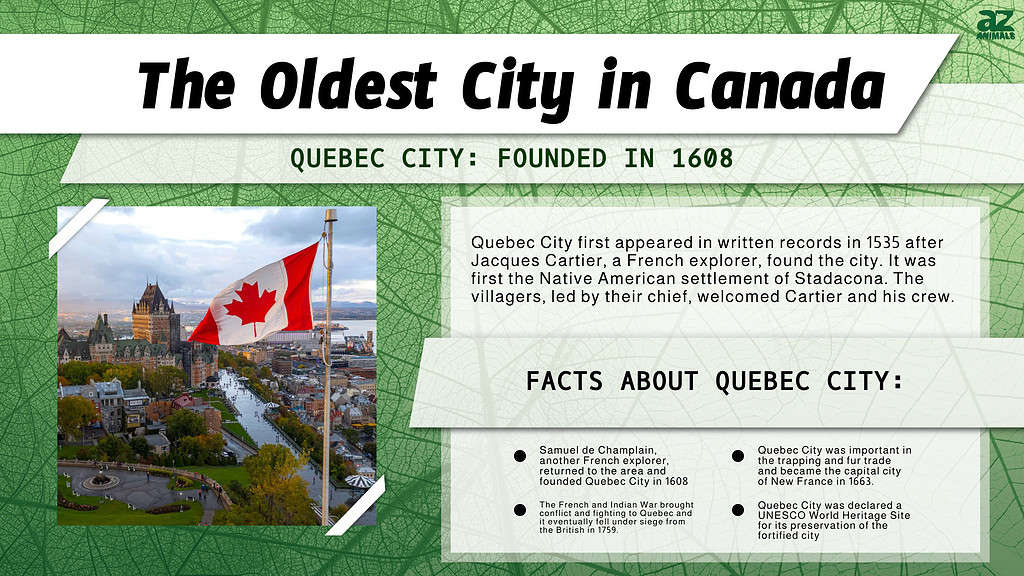
History of Quebec City
Quebec City first appeared in written records in 1535 after Jacques Cartier, a French explorer, found the city. However, we all know that records by European explorers in the 1500s tended to leave out major details related to the indigenous populations that already lived there. Quebec City was first the Native American settlement of Stadacona. The villagers, led by their chief, welcomed Cartier and his crew. Cartier took the chief’s two sons back to France with him before returning back to Stadacona a year later. On his following return trip to France, Cartier brought the chief as well as other villagers. When Cartier returned to Stadacona, the village had been abandoned.
Even though the village does not remain, the word that the two sons used to refer to it does. They called it “Kanata,” which Cartier mentioned in his observations. This evolved into the name we now pronounce as Canada.
Samuel de Champlain, another French explorer, returned to the area and founded Quebec City in 1608. Like other settlements of the time, it was primarily a place to collect, trade, and sell natural resources. Quebec City was important in the trapping and fur trade and became the capital city of New France in 1663. Quebec City has high natural cliffs, which made it easy to protect the city from potential threats. The French and Indian War brought conflict and fighting to Quebec and it eventually fell under siege from the British in 1759. Following the American Revolution, the British relied on Quebec as their major city of influence in North America.
Canada, including Quebec City and Quebec, adopted self-governance in 1867 but it wasn’t until the 1980s that its constitution was officially declared and adopted. Throughout this time, Quebec City was modernized but some major historical sites were preserved. The historic district was declared a UNESCO World Heritage Site for its preservation of the fortified city.
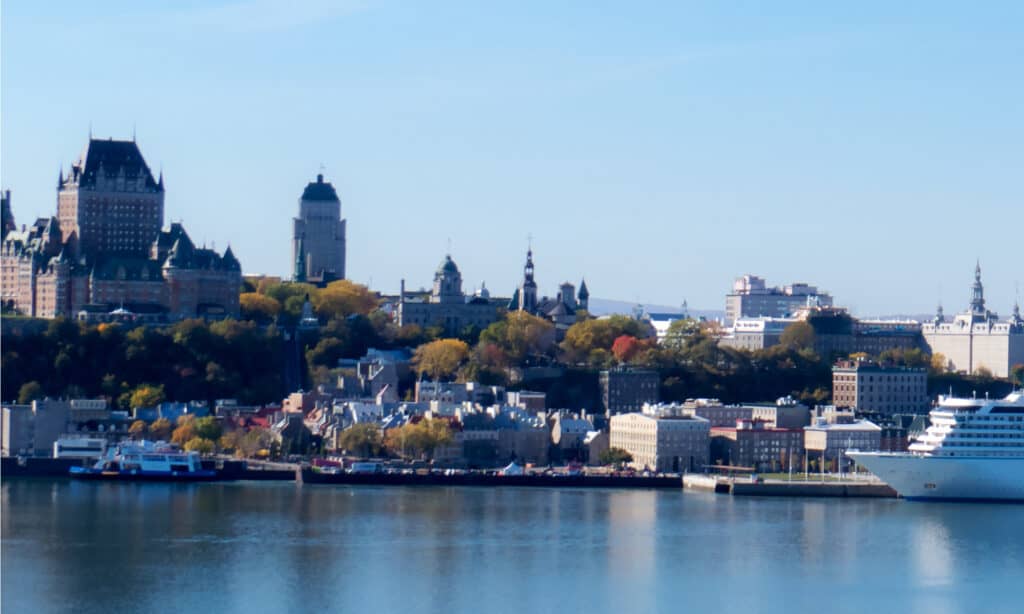
The Saint Lawrence River runs next to Quebec City, one of the major cities located on its shores.
©bulbspark/Shutterstock.com
Where Are These Cities Located on a Map?
St. John’s is on the island of Newfoundland located in the province of Newfoundland and Labrador. St. John’s is the capital city. Quebec City is located in the province of Quebec and is also a capital city. Quebec is the largest province in Canada.
Both St. John’s and Quebec City are near the St. Lawrence River and the Gulf of St. Lawrence. St. John’s sits on the Atlantic Ocean and is the first port city that incoming maritime traffic gets to when coming to Canada. Quebec City is further up the river and is a major port for trade and shipping.
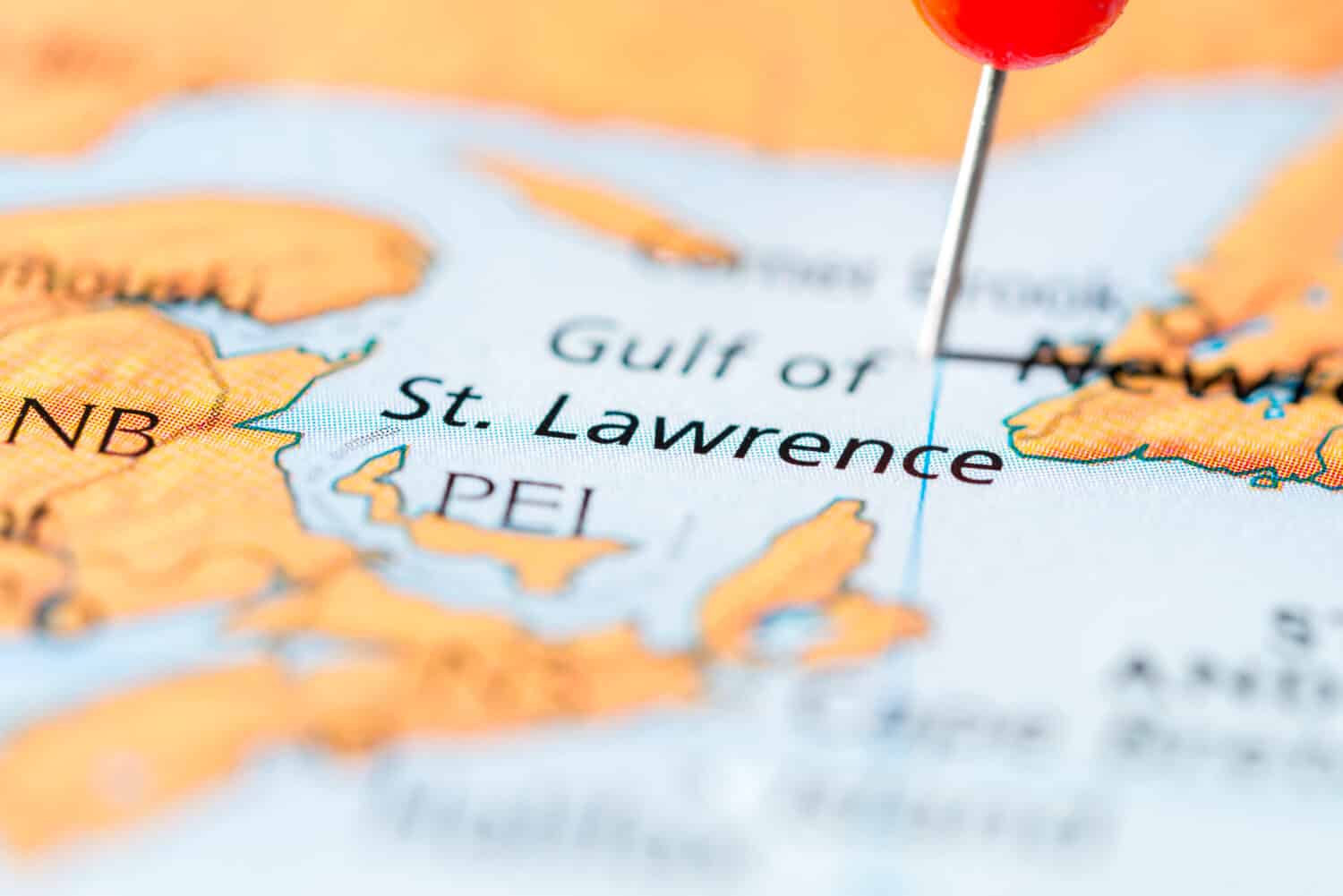
Early explorers relied on the Gulf of St. Lawrence and nearby waterways, leading to numerous growing settlements in the area.
©Tudoran Andrei/Shutterstock.com
Honorable Mentions
Canada has a rich history and there are plenty of interesting cities and towns to explore. Check out some of these historic places.
Trois-Rivieres, Quebec
Another city founded by Samuel de Champlain, Trois-Rivieres is a bit smaller than its neighbor Quebec City. The Saint-Maurice River has three mouths in the city area where it connects to the St. Lawrence River, giving the city its name. It was an important site of commerce and trade for early settlers. A major fire in the early 1900s destroyed many historic sites, however. Some major places remained, including the Ursuline Monastery, now a museum.
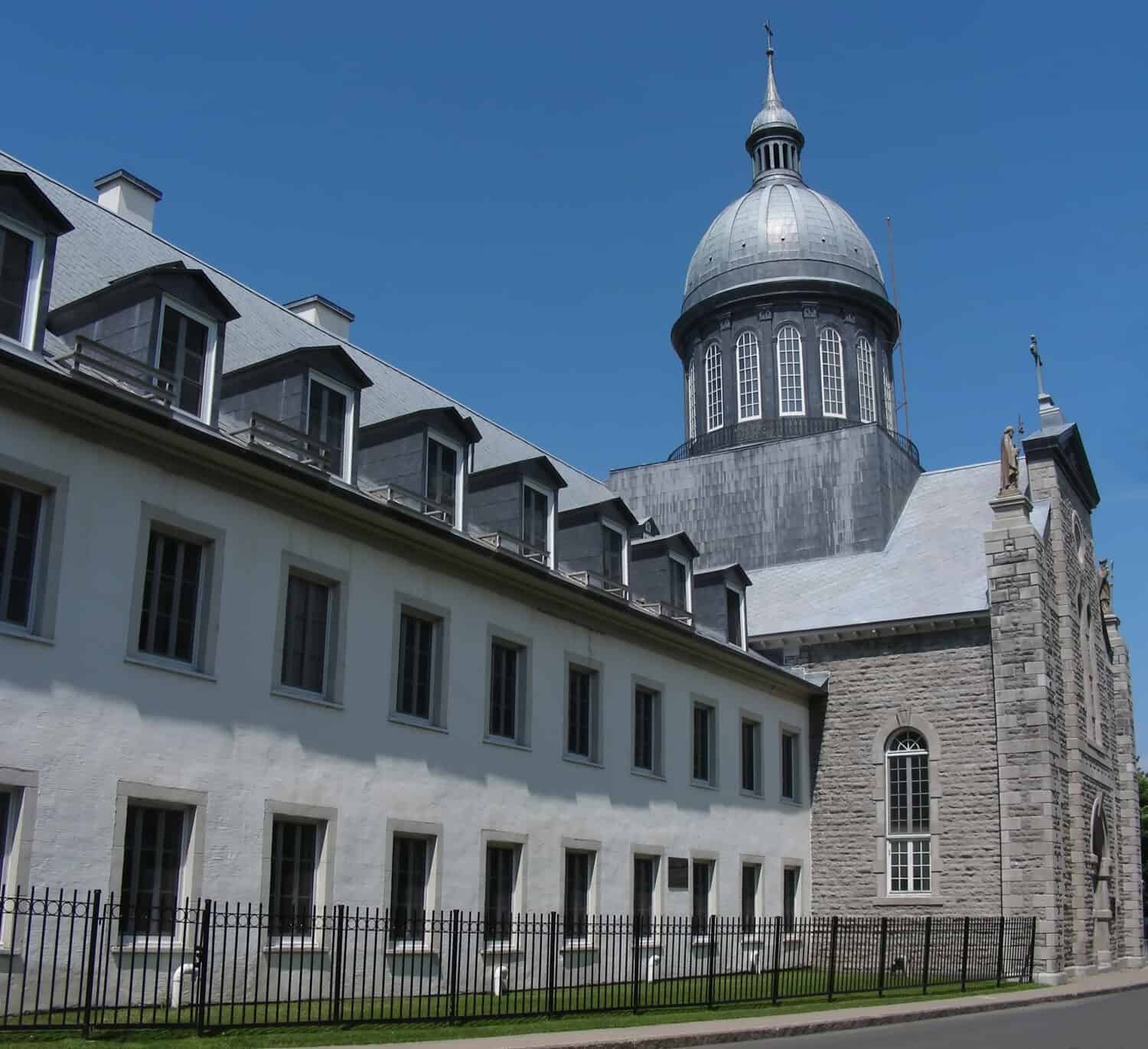
The Ursuline Monastery in Trois-Rivieres is now a museum.
©Mary Lane/Shutterstock.com
Saint John, New Brunswick
Not to be confused with St. John’s in Newfoundland and Labrador, Saint John is the oldest incorporated city. It was established in 1785. It is also a port city and is located on the Bay of Fundy in New Brunswick. Many Native American tribes frequented the area for generations. Today, members of the Wabanaki Confederacy maintain a strong cultural identity in Saint John and the surrounding areas. The Saint John City Market was built in 1876 and remains open as a market in the same building today.

Saint John in New Brunswick is another historic seaside city.
©Albert Pego/Shutterstock.com
Thank you for reading! Have some feedback for us? Contact the AZ Animals editorial team.

